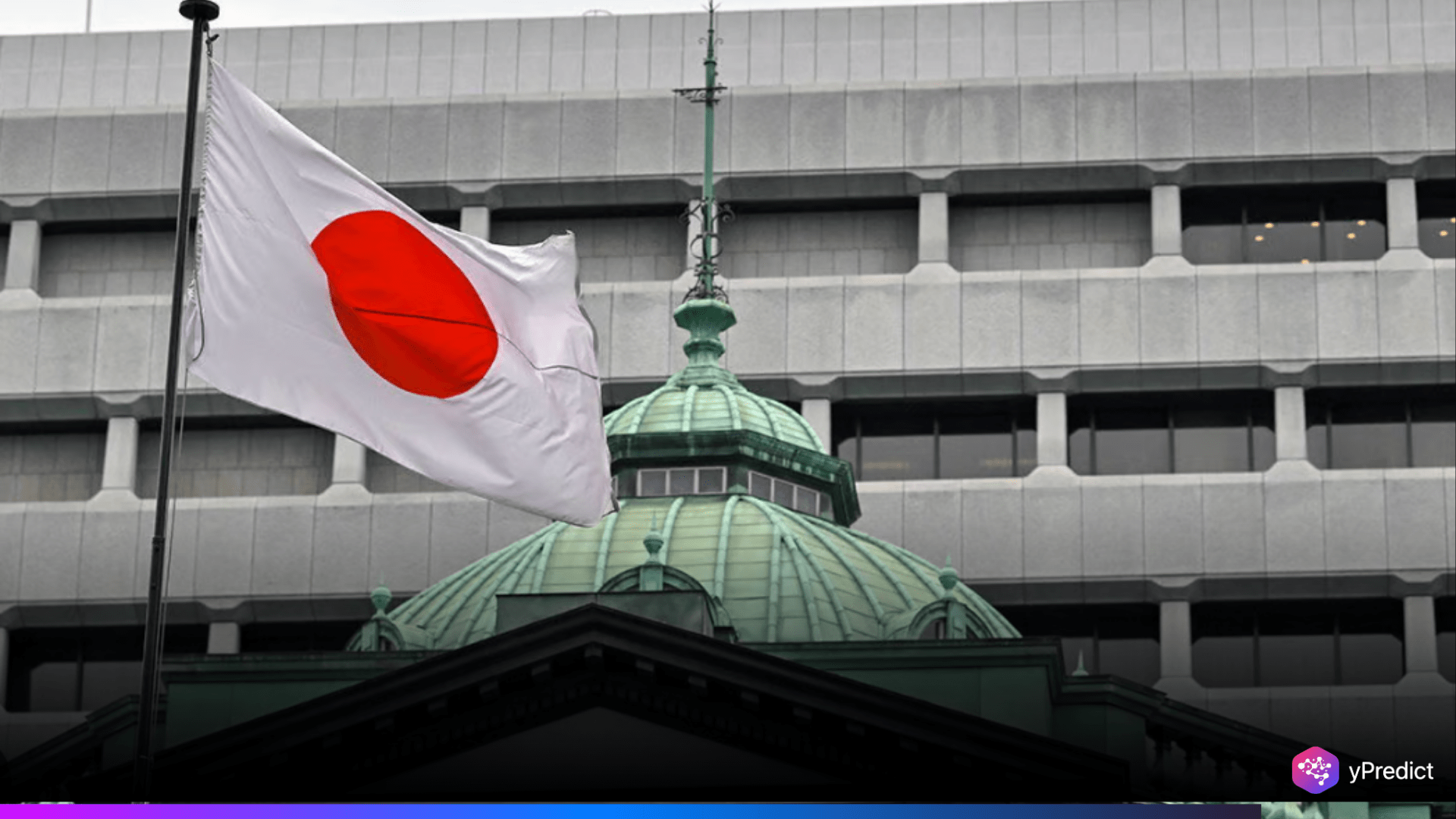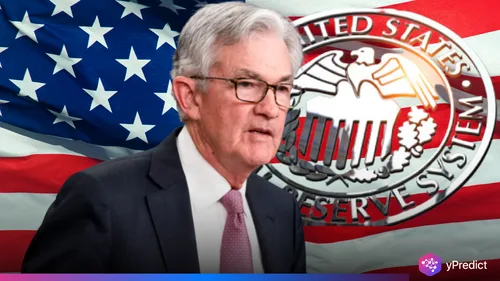
The Japanese yen depreciated significantly on Thursday after the Bank of Japan left interest rates stable and warned of a pessimistic economic forecast. Even though the central bank left the short-term interest rate at 0.5% as foreseen, it lowered its prediction of growth over the fiscal year through March 2026 from 1.1% to 0.5%, as well as its estimate for next year to 0.7%.
BOJ’s Cautious Stance Amid Global Trade Tensions
The Bank of Japan (BOJ) chose to hold interest rates steady this week, signaling a conservative approach as trade uncertainties around the world, especially with the United States, cast uncertainty over Japan’s economic future. Along with this move, the central bank drastically lowered its growth forecast, noting the rising problems in the global economic environment.
Bloomberg reported on 1 May 2025 that,
The yen extended its declines against the dollar as Bank of Japan Governor Kazuo Ueda spoke of uncertainties due to tariffs, after the bank kept its rates steady and pushed back the expected timing of its price target. Japan’s currency dropped as much as 1.2% to 144.74 after the BOJ earlier left the benchmark rate unchanged at 0.5%.
Japan’s GDP is now projected to grow only 0.5% in the fiscal year through March 2026, down significantly from the earlier 1.1% forecast. This downgrade illustrates how exposed Japan’s export-led economy is to spillover impacts of global trade tensions, especially those generated by U.S. tariff policy.
Though the GDP forecast has slowed, the BOJ is cautiously optimistic regarding inflation, with a belief that price increases will rise towards its target of 2% in years to come. However, the central bank did see a somewhat higher probability for inflation to fail to reach the target.
In contrast to its January projection, the Bank of Japan has now updated its outlook, predicting that core consumer inflation will reach its 2% target at some point in the second half of fiscal year 2026 or later, representing a one-year delay.
Reuters reports that BOJ said in a statement that,
If our economic and price forecasts are realised, we will continue to raise our policy rate. Considering extremely high uncertainties over the future course of trade and other policies in each jurisdiction.
After the policy announcement, the Japanese yen dropped as much as 0.6%, hitting a two-week low against the US dollar. At the same time, yields on Japan’s benchmark 10-year government bonds dropped to 1.26%, the lowest level in three weeks. Conversely, Japan’s Nikkei stock index rose, gaining 1% during the day.
Future Outlook
The Bank of Japan (BOJ) has also adopted a cautious stance, reducing its growth estimates amid concerns about trade and small near-term rate hike possibilities. Although it keeps the possibility of future rate hikes open to avoid further yen weakness, economists see no significant alterations until 2027.
Bank of Japan (BOJ) warned that higher tariffs will impede world trade, lower business morale, and spur inflation. Though exports have slumped, the BOJ expects the exports and investment to revive. Rising wage growth exceeding 5% helps justify potential future interest rate hikes, although concerns over trade and US tariffs complicate options.
Conclusion
The BOJ’s move to leave interest rates steady while lowering growth projections reflects the challenge that central banks are facing amid geopolitical tensions and trade worries. As the world markets navigate these issues, the BOJ’s accommodative approach aims to find a balance between the need for economic stimulus and the dangers of long-term trade tensions.







